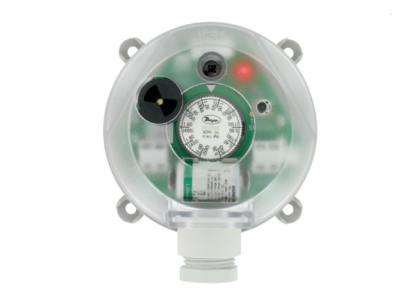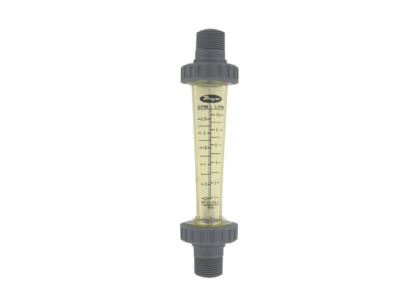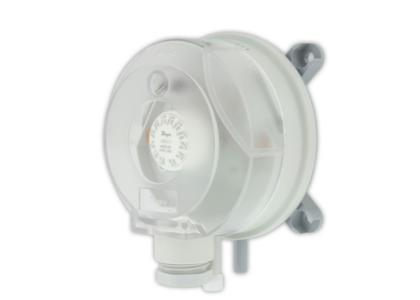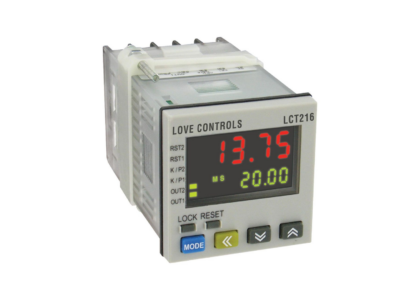Power electronics play a crucial role in modern electronic systems, enabling devices to operate efficiently and sustainably. Among these essential components is the DC-DC Boost Converter, a type of converter that steps up (boosts) the voltage of a DC power source. Whether used in electric vehicles, renewable energy systems, or portable devices, boost converters make it possible to achieve higher voltages without changing the power source, expanding the functionality of countless applications.
What is a DC-DC Boost Converter?
A DC-DC Boost Converter is a type of switching converter that increases (or “boosts”) the input voltage to a higher output voltage. It operates by converting a lower direct current (DC) voltage from a power source into a higher DC voltage, making it particularly useful when the voltage provided by a battery or power source needs to be increased to meet the requirements of an electronic system.
How Does a DC-DC Boost Converter Work?
The operation of a boost converter relies on the use of key components: an inductor, a diode, a capacitor, and a switch (typically a MOSFET). Here’s a step-by-step look at how it functions:
- Switching On: When the switch (usually controlled by a pulse-width modulation signal) is turned on, current flows through the inductor, storing energy in its magnetic field.
- Switching Off: When the switch turns off, the magnetic field in the inductor collapses, releasing stored energy. This energy combines with the input voltage, creating a higher voltage at the output than at the input.
- Filtering: The output voltage is then smoothed by a capacitor to provide a stable DC output at the boosted voltage level.
This on-and-off switching cycle is repeated rapidly to maintain a continuous boosted output voltage.
Key Features and Benefits of DC-DC Boost Converters
- Efficient Voltage Step-Up: Boost converters are a highly efficient way to increase DC voltage without significant energy loss, often achieving efficiencies above 90%.
- Compact and Lightweight: With no bulky transformers required, DC-DC boost converters are lightweight and compact, ideal for portable and space-constrained applications.
- Wide Input Range Compatibility: Many boost converters can operate over a broad input voltage range, making them versatile for various power sources like batteries, solar panels, and more.
- Adjustable Output Voltage: Many boost converters offer adjustable output settings, allowing users to customize the voltage to meet specific needs.
- Cost-Effective Solution: Boost converters are generally affordable and simpler than alternative voltage-boosting options, making them a go-to choice in both consumer and industrial applications.
Applications of DC-DC Boost Converters
Due to their ability to increase voltage efficiently, boost converters are widely used in multiple industries:
- Electric Vehicles (EVs): In EVs, boost converters are used to step up the voltage from battery packs to the levels required by motors or onboard electronic systems.
- Solar Power Systems: Boost converters are integral in photovoltaic (solar) systems, where they increase the low voltage generated by solar panels to match the voltage needed by the inverter or storage battery.
- Consumer Electronics: Many portable devices, such as smartphones, laptops, and LED flashlights, use boost converters to step up voltage from small batteries to the levels needed for operation.
- Powering Microcontrollers and Sensors: In IoT and sensor-based applications, boost converters can provide stable power from low-voltage sources, such as AA or coin-cell batteries, extending battery life and improving performance.
- Medical Devices: Portable medical equipment, like insulin pumps or portable monitors, also benefit from boost converters to maintain reliable voltage levels without needing large batteries.
Choosing the Right DC-DC Boost Converter
When selecting a DC-DC boost converter, consider the following factors to ensure optimal performance:
- Input and Output Voltage Requirements: Confirm that the converter’s input range matches your power source and that it can boost to the required output voltage.
- Output Current Capability: Ensure that the converter can supply sufficient current for your application without overloading.
- Efficiency Ratings: Look for converters with high efficiency to minimize heat generation and maximize battery life, especially important in battery-powered applications.
- Switching Frequency: Higher frequencies often result in smaller components but may introduce more electromagnetic interference (EMI), so balance frequency needs with potential noise requirements.
- Thermal Management: Ensure the converter has adequate heat dissipation, especially for high-power applications. Many converters have built-in thermal protection.
Pros and Cons of Using a DC-DC Boost Converter
Pros:
- Increases voltage efficiently without significant power loss.
- Compact design suitable for portable electronics.
- Adjustable output makes it versatile for various applications.
Cons:
- May generate electromagnetic interference due to switching.
- Limited output current based on converter design.
- Heat dissipation can become a concern in high-power applications.
DC-DC Boost Converters in Action: Practical Examples
- Example #1: Powering a Sensor Network: In a remote sensor network powered by solar panels, a boost converter steps up the variable solar output to provide a stable voltage, ensuring reliable sensor operation and data transmission.
- Example #2: LED Lighting Systems: For high-powered LED systems, a boost converter steps up battery voltage to meet LED requirements, enabling bright, efficient lighting in devices like LED flashlights or headlamps.



